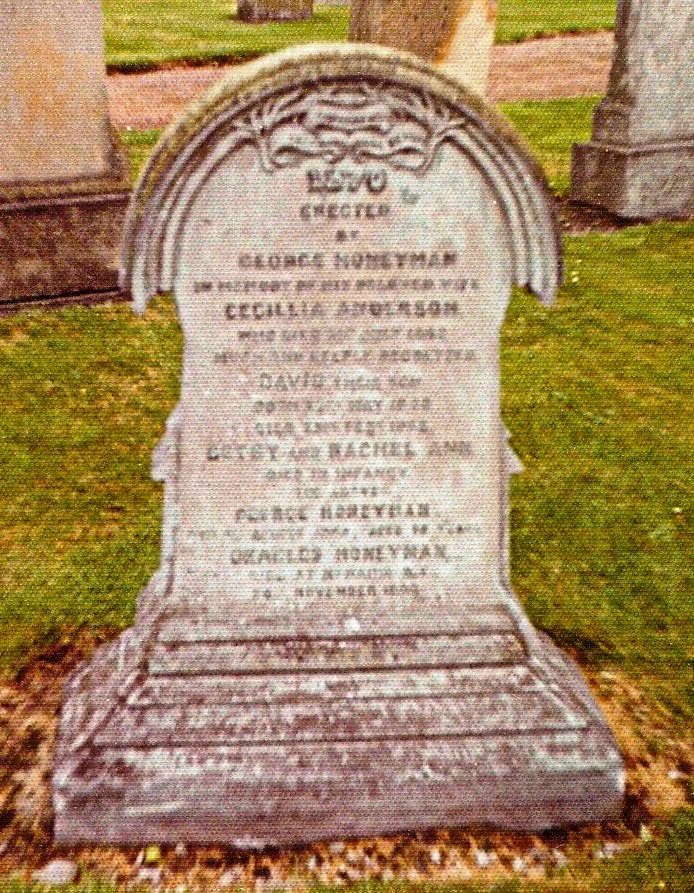 |
| Attestation Papers, James Rogers, James Roger Hall, August 1915 |
I have no pictures of my great uncle who went over to Canada in 1914 with the Middlemore charity.
Nor has he left much else in the way of personal material and even the official records stretch to just a few census returns, the register of his birth and fragmentary documents from the social services, Middlemore and the Derby Poor Law Guardians.
My great aunt left a few memories of the man and I have two letters and that is about it.
I know he had an unhappy time, was placed on three farms between May 1914 and August 1915 before he ran away from his last placement, changed his name, lied about his age and enlisted in the Canadian Army.
 |
| Attestation Papers, August 1915 |
But that decision has at least offered up a wealth of information and has gone some way to bring him out of the shadows.
I know what he looked like, the colour of his eyes, his hair and his weight and general health and I can follow his experiences from his enlistment through to his basic training, embarkation for Britain and onward journey to the Western Front.
Moreover knowing who he served with it is possible to read the war diaries of his unit and get an understanding of what he went through in France from the daily tedium of training and fatigues to the brutal realities of serving on the front line.
And along with his medical records are a list of his misdemeanours which suggest that the troubled adolescent in Derby who could not settle on farms in NB and NS found the discipline of army life no easier.
Between 1916 and 1918 he faced four military courts from refusing to obey an order to absent without leave while on active service.
%2Btiff.jpg) |
| George Bradford Simpson, circa 1918 |
But of all the military documents it is perhaps his Attestation Papers which are the most revealing for this is the moment when he sets his face against everything in his life so far.
It starts with that name change and the falsification of his age and goes on to deny the very existence of his mother, preferring instead to offer his aunt as his next of kin.
Now this is not the place to explore why that might have been and while I can vouchsafe some reasons they will always be speculation.
Suffice to say that his mother who was my great grandmother may have been a difficult woman who in her way was no less troubled than her son.
After his demob he all but vanishes from the record. I know he was instrumental in helping his sister cross to Canada in 1925 and there is a suggestion from her that he had gone west but there the trail ends.
So those army records offer up a brief glimpse of my great uncle and are all the more important given that we have none of the military records for the others in the family who fought in the Great War.
In all six of my immediate family joined the Colours, and they include my great grandfather, my grandfather, two of his brothers and two of my uncles..
 |
| C Company, First City Battalion, 16th Manchester's September 1914 |
But ironically it is the one family member who left for far away Canada whose military career is intact.
Sadly the records of the other five are part of the 60% of service records which were destroyed in the Blitz.
So today I have one letter from an uncle dated December 1918 as his unit prepared to cross the Rhine into Germany, a few photographs, the demobilisation papers of my grandfather and a few bits from my great grandfather who served in the armies of the old Queen between 1888 and 1892 and briefly served again during the Great War.
Not that this will surprise anyone who has gone looking for their family history but there is perhaps a slight irony in that the man who was sent from these shores, and whose later life would end in a mystery should for a brief few years provided the most detailed records of any of his family.
Pictures;,
Attestation Papers of James Rogers [Roger James Hall] August 1915, George Bradford Simpson circa 1918, from the collection of Andrew Simpson and C Company of the First City Battalion of the 16th Manchester’s 1914 courtesy of Bob Potts.






.jpg)




.JPG)
.JPG)



%2Btiff.jpg)


.jpg)





























.jpg)